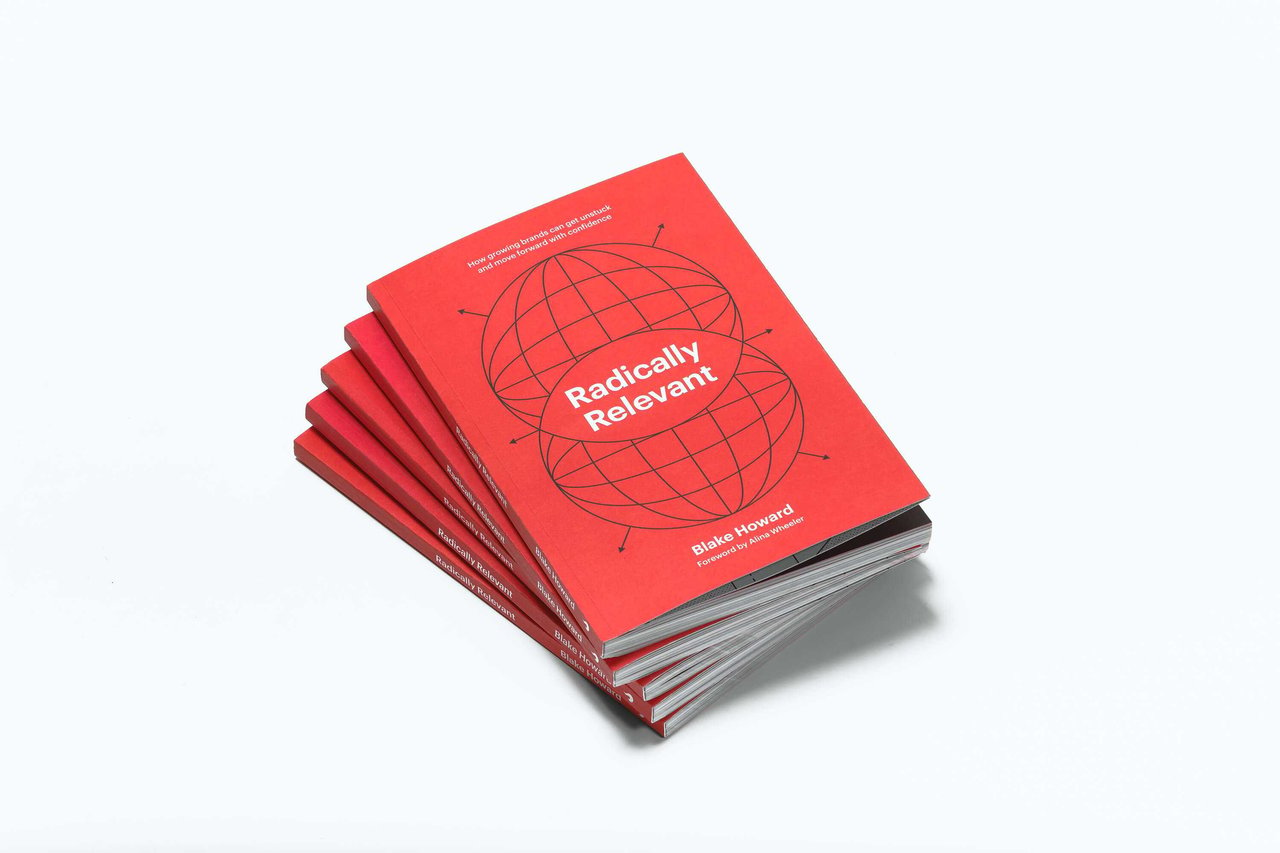
HR leaders are increasingly turning to employer branding for company and career growth. And for good reason.
What is Employer Branding?
The talent landscape is shifting rapidly, and HR leaders may find themselves working through even more complexity to attract and retain great people. Their team must balance creating a desirable culture and employee experience with delivering on metrics that keep the company efficient. For starters: Reducing cost per hire, increasing optimization, and proving ROI on HR initiatives.
Employer brand, simply put, is a company’s reputation as an employer in the minds of employees and the public. Ambler and Barrow described it as, “the package of functional, economic, and psychological benefits provided by employment, and identified with the employing company.”
That reputation is a key factor in an organization's ability to attract, engage, and retain top talent. But there are additional, longer term effects such as cost efficiency and increased organizational resilience. In a study entitled, The Impact of Corporate Culture on Company Performance, researchers said that across “a wide variety of industries…in relatively stable environments, performance is less variable in organizations with strong cultures.”
So, if you are an HR leader, you get that employer branding is much more than employee handbooks and pizza parties. And, no one is thinking about it more than you.
"Your C-suite peers care more
about employer branding
than you might think."

Let’s look at four key responsibility areas for HR leaders and dig into how employer brand impacts beyond HR, and how to start the conversation internally around developing an employer brand.
Key Responsibility #1: Strategic Alignment
A successful employer brand is well-aligned with the company's overall brand strategy. HR leaders must work closely with C-suite colleagues to ensure the employer brand reinforces the brand story, mission, and values.
Why does your CEO care?
From sales pipeline to shareholder confidence, CEOs know that the overall health and success of a company relies on clarity and alignment of purpose shared by all employees. A misaligned or unintentional employer brand should be a red flag that all is not well.
Questions to ask your CEO:
- Does our employer brand feel like it’s part of the same company when compared to our corporate brand? Are they distinct, yet connected?
- Do employees see a clear connection between the companies' vision and goals and their day-to-day work contributions?
- In the face of challenges (such as potential economic downturn), is the company culture strong enough to show resilience in a unified way?
Key Responsibility #2: Talent Acquisition and Retention
Effective employer branding significantly lowers recruitment costs and improves the quality of hires by clearly articulating what makes the company a unique place to work. HR leaders must develop a compelling Employee Value Proposition (EVP) that attracts high-quality candidates and resonates with the existing workforce.
Why does your Chief Financial Officer (CFO) care?
Like most companies, labor is your number one cost of doing business. Without a strong employer brand, HR teams will struggle to hire and retain talent, which will increase your cost per hire and labor costs. A Chief Financial Officer (CFO) can help calculate the return on investment for making improvements to your employer brand. Sometimes it's done simply by measuring year over year savings from hiring costs and turnover reduction.
Questions to ask along with your CFO:
- Are we hitting our goals when it comes to managing talent acquisition costs?
- Do business objectives share support from the Employee Value Proposition (EVP)?
- Is our employee retention rate contributing to a healthy financial position?
- Do we have a favorable reputation on employee-ranked review sites (which also helps with valuation)?
Key Responsibility #3: Employee Engagement and Advocacy
Beyond showcasing a great culture, a strong employer brand creates real operational value as well. When an employer brand is nurtured and prioritized, it fosters employee engagement, loyalty, and advocacy–all of which help to increase productivity and performance. How? If employees are more engaged, absenteeism is lower. Loyal employees often have longer tenure which reduces turnover costs and preserves institutional knowledge. And employee advocacy enhances brand reputation and bolsters customer trust.
Why does your Chief Operations Officer (COO) care?
Your COO is monitoring and directing several factors to drive business performance. With people at the heart of delivering your product or service, COOs will be watching employee output as a key success factor. They will look to you for ideas and initiatives that improve these performance metrics.
Questions to ask along with your COO:
- What are the top 3 labor challenges impacting operational performance?
- Has employee turnover increased in the last 1-3 years?
- Have you run employee sentiment surveys in the past 1-2 years? Were the results on- or off-track?
Key Responsibility #4: Analytics and Improvement
Ongoing measurement and analysis are crucial for assessing the effectiveness of employer branding strategies and identifying areas for improvement. Much like HR leaders use analytics to track key employment metrics, your CMO is maintaining a dashboard of KPIs. There should be correlation between employer brand efforts and marketing efforts. Look for the crossover between the two brand areas to understand how one supports the other.
Why does your Chief Marketing Officer (CMO) care?
Burdening an over-extended marketing team to build an employer brand platform won’t get much traction with your CMO. But they know the value of aligning messaging across the whole organization. Because more than ever they rely on branding as a driver of their own success and the company’s success. The CMO might be another resource to help you build a case for a positive ROI.
Questions to ask along with your CMO:
- How would you prefer working together on an employer brand project?
- What metrics does the CMO rely on most to measure success?
- What resources can you provide and where do you think the biggest gaps are? Hint: The answer is almost always consulting around employer brand strategy and brand identity creation.
Key Takeaways
- Map an employer brand initiative against metrics that matter to your organization’s success.
- Be sure you are creating a positive work culture so that an employer brand will feel true and be embraced by those who will champion it.
- Establish influence and buy-in among C-level stakeholders by clearly connecting employer brand impact to their areas of responsibility.
It’s time to take action.
Consider exploring these additional resources:- Have preliminary conversations with your up-line manager about using employer brand as a force for company performance. Find an agenda for that meeting in the toolkit.
- Calculate the ROI of employer branding.







